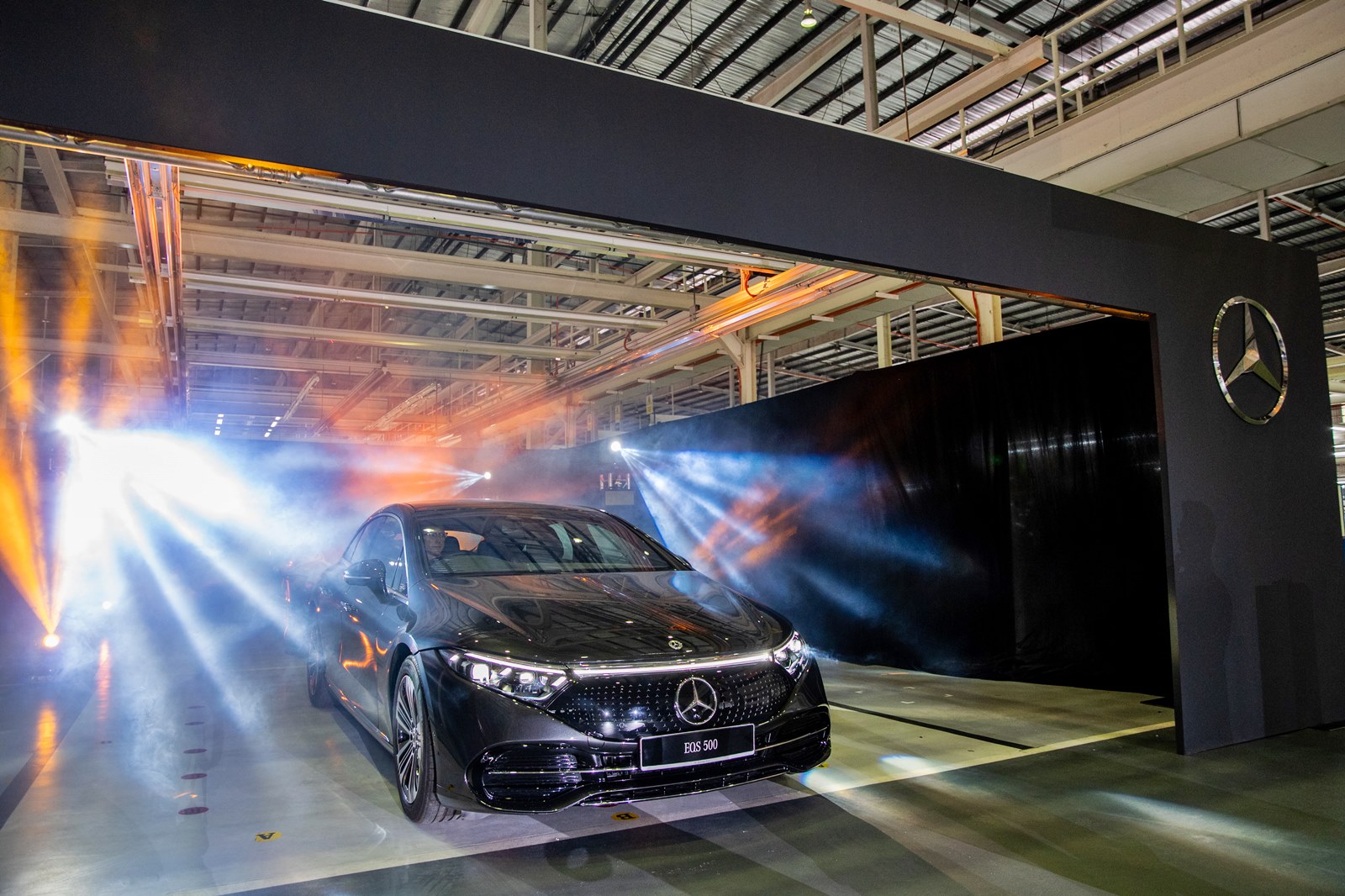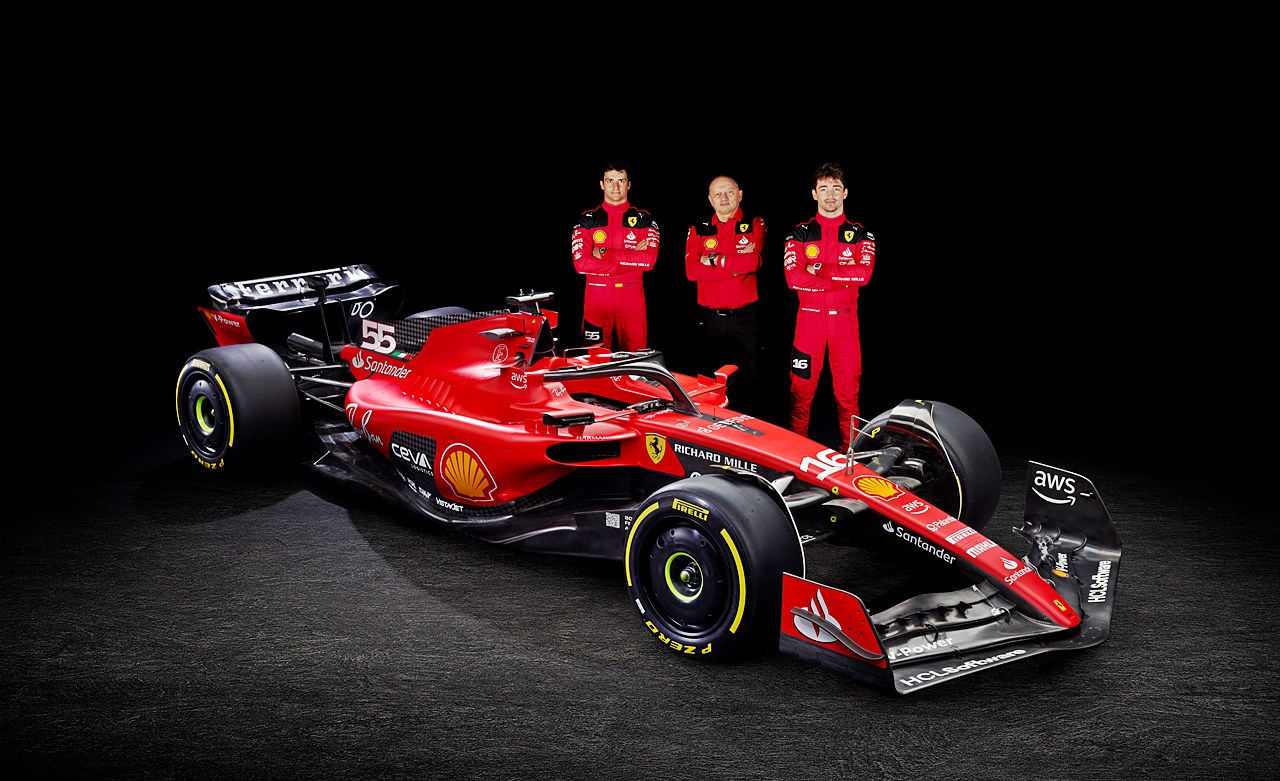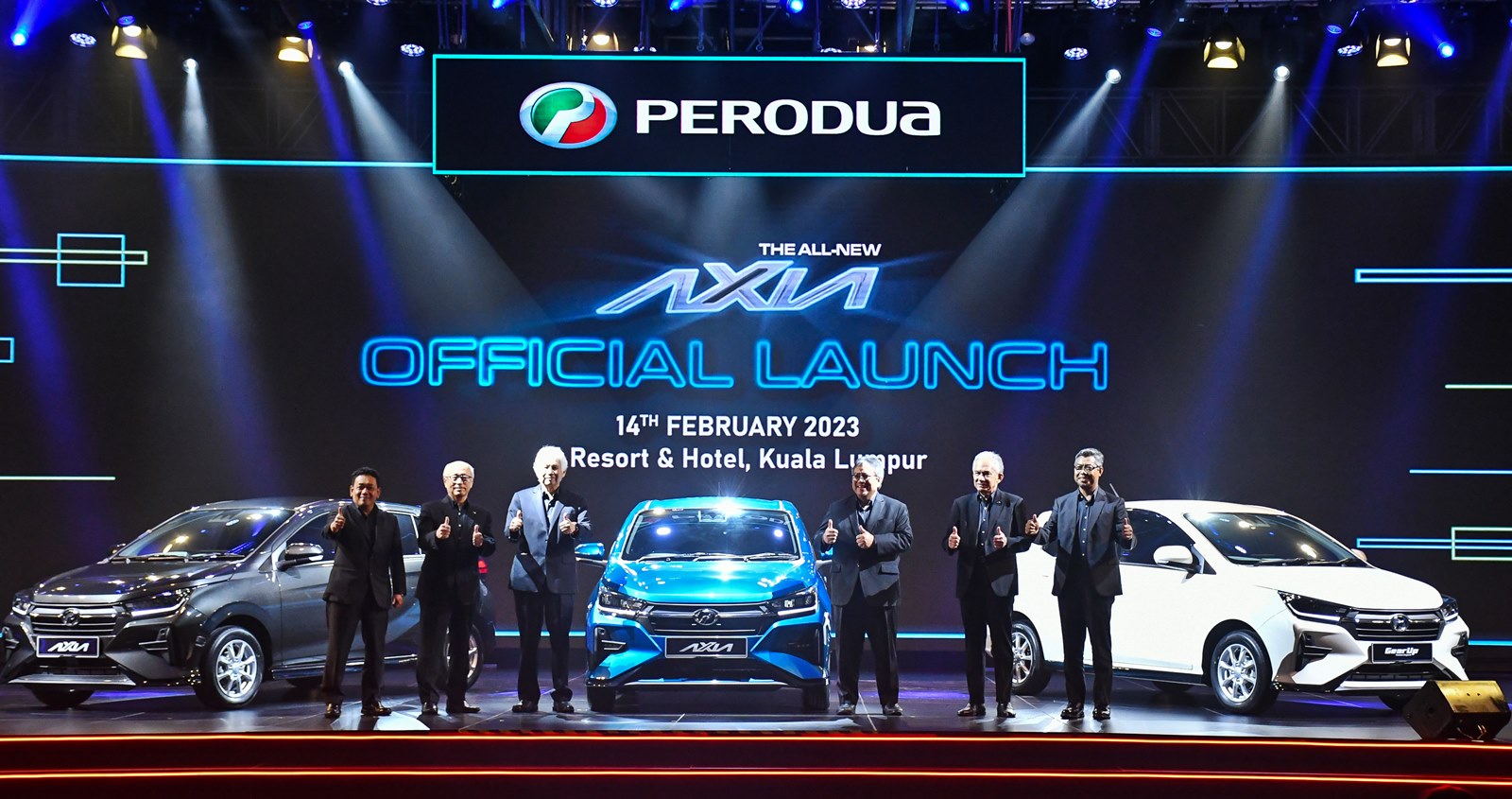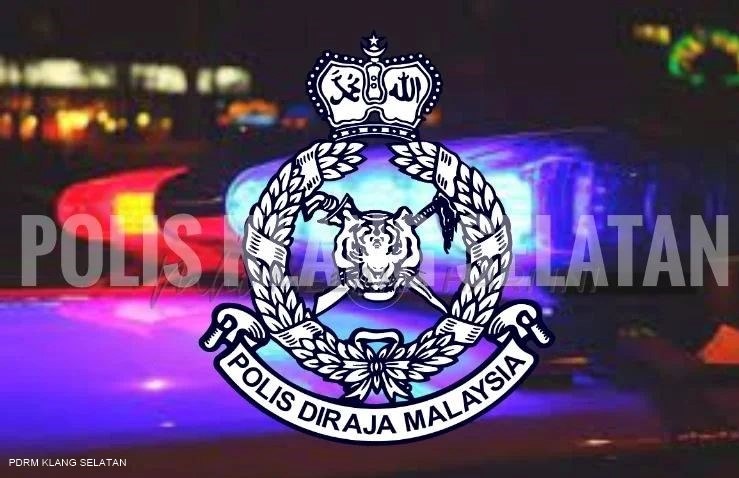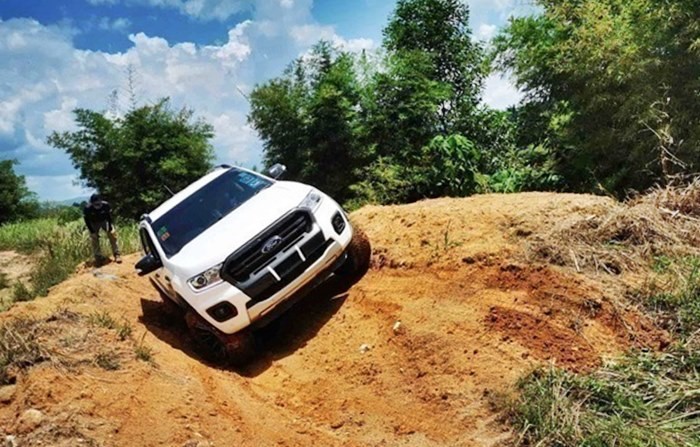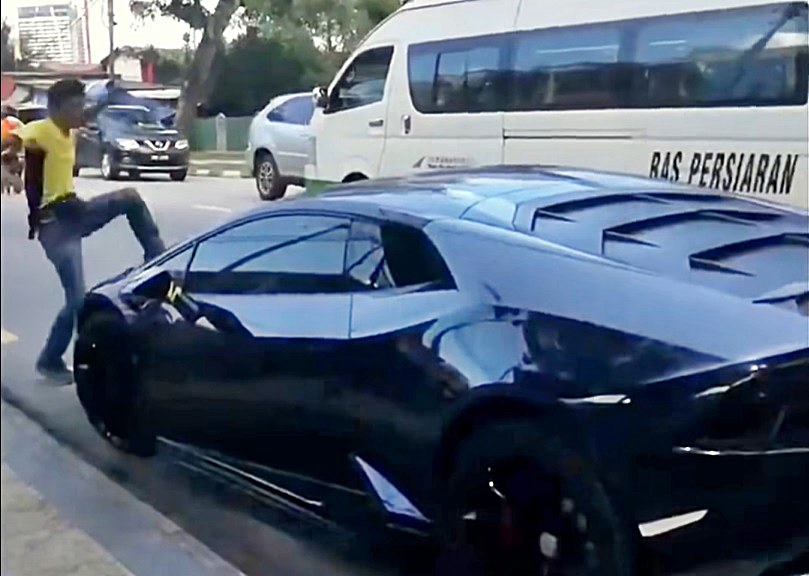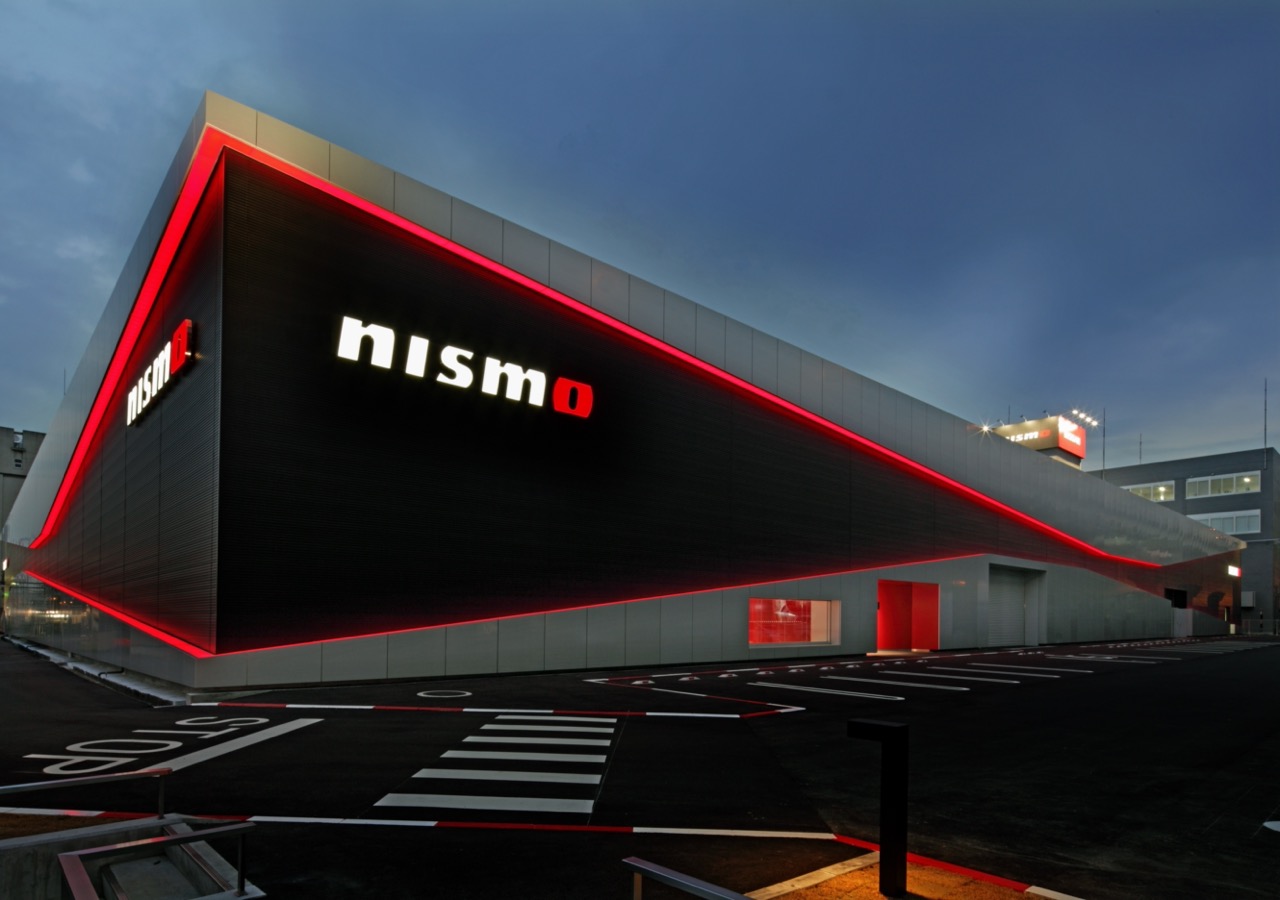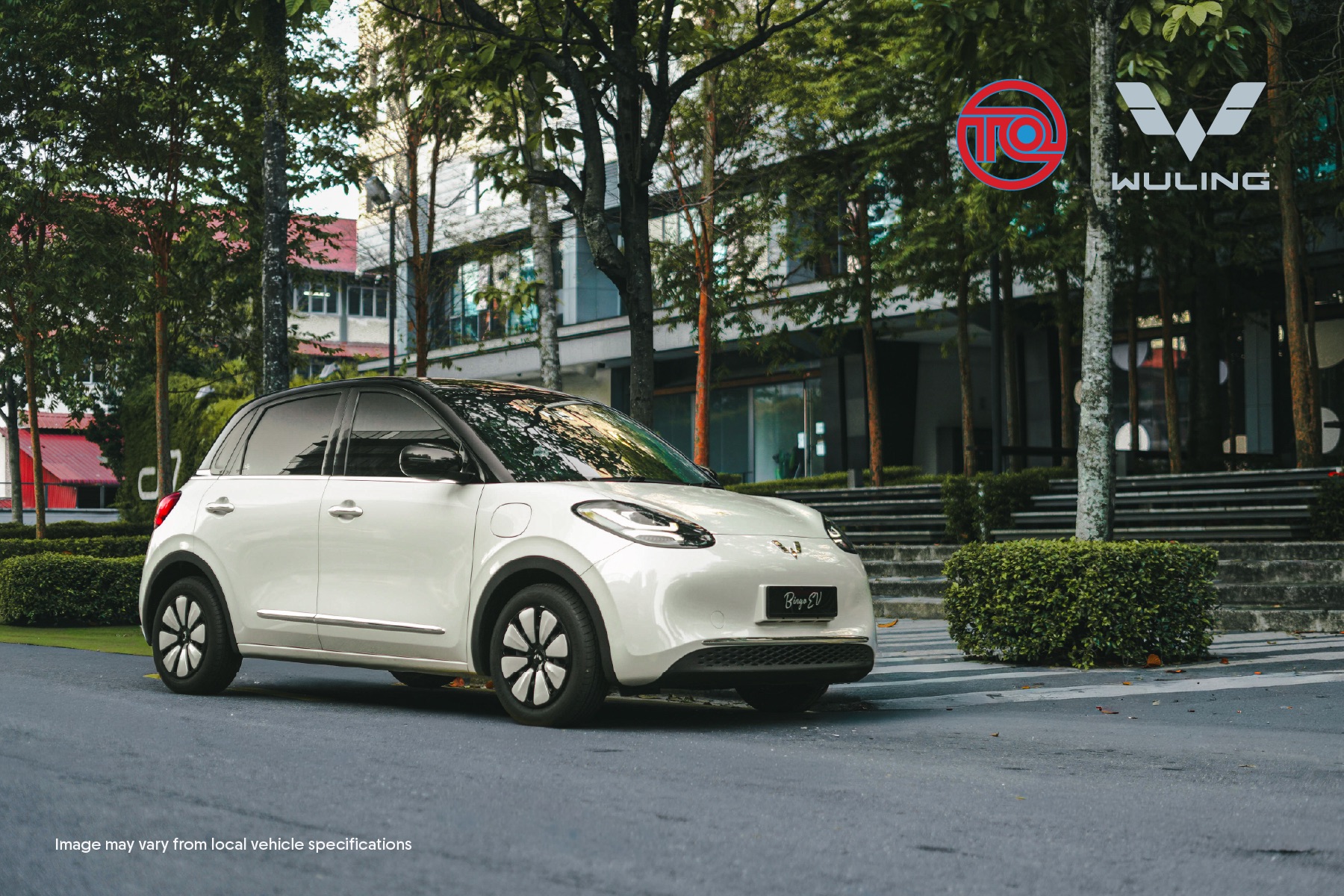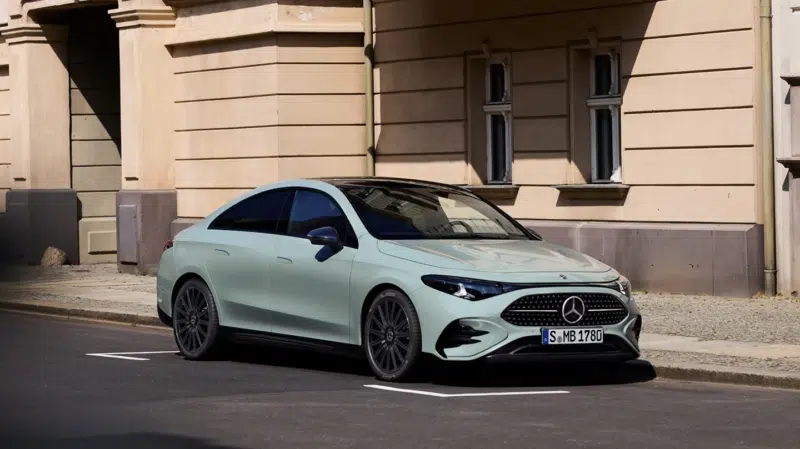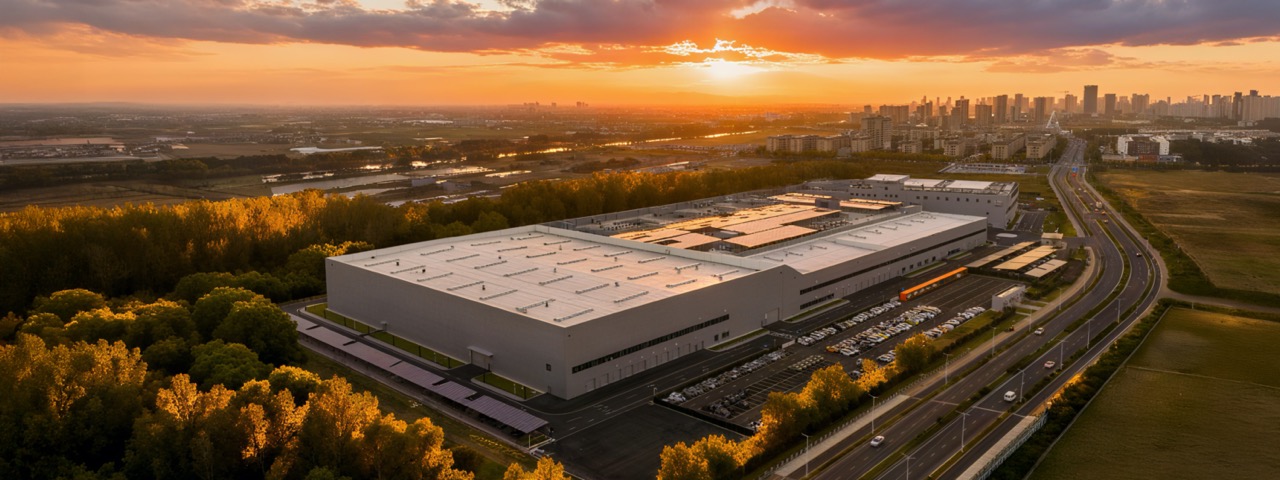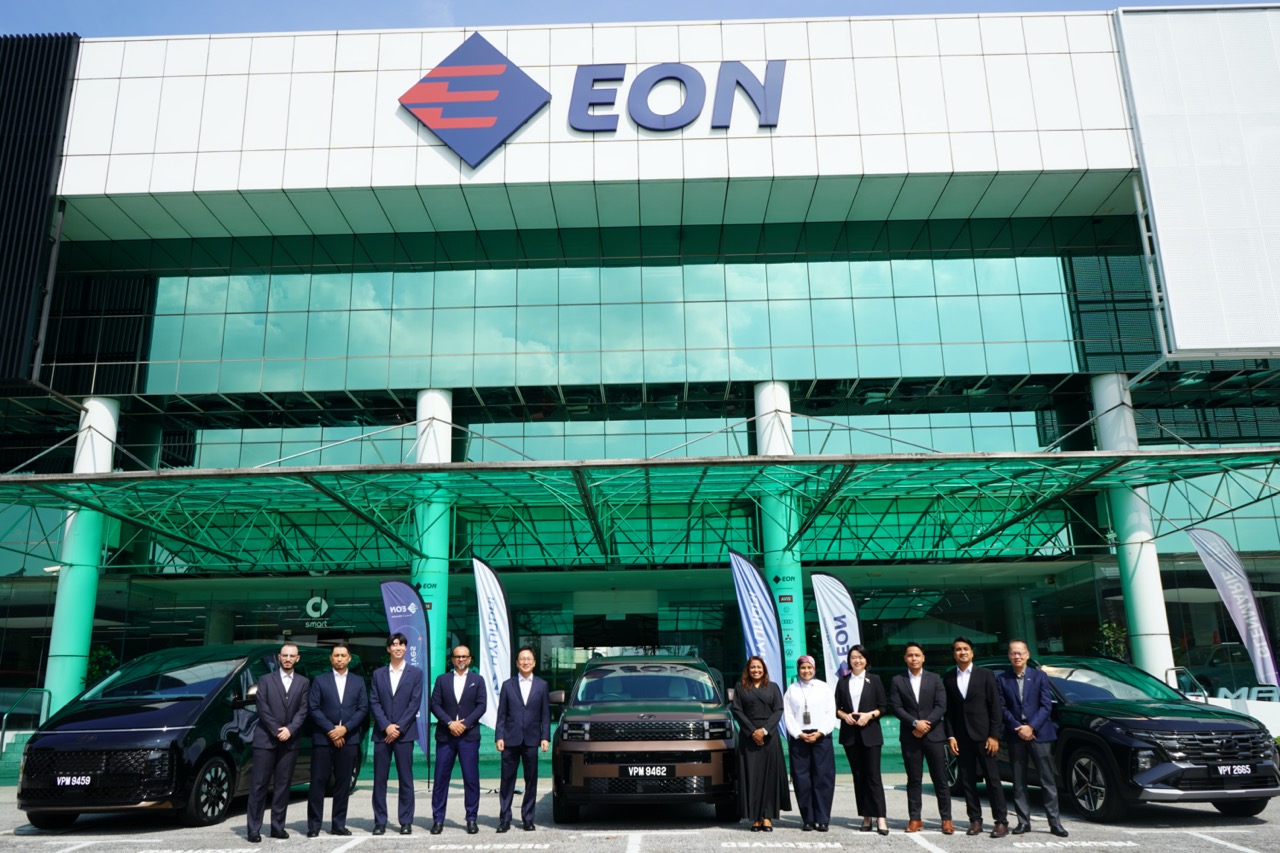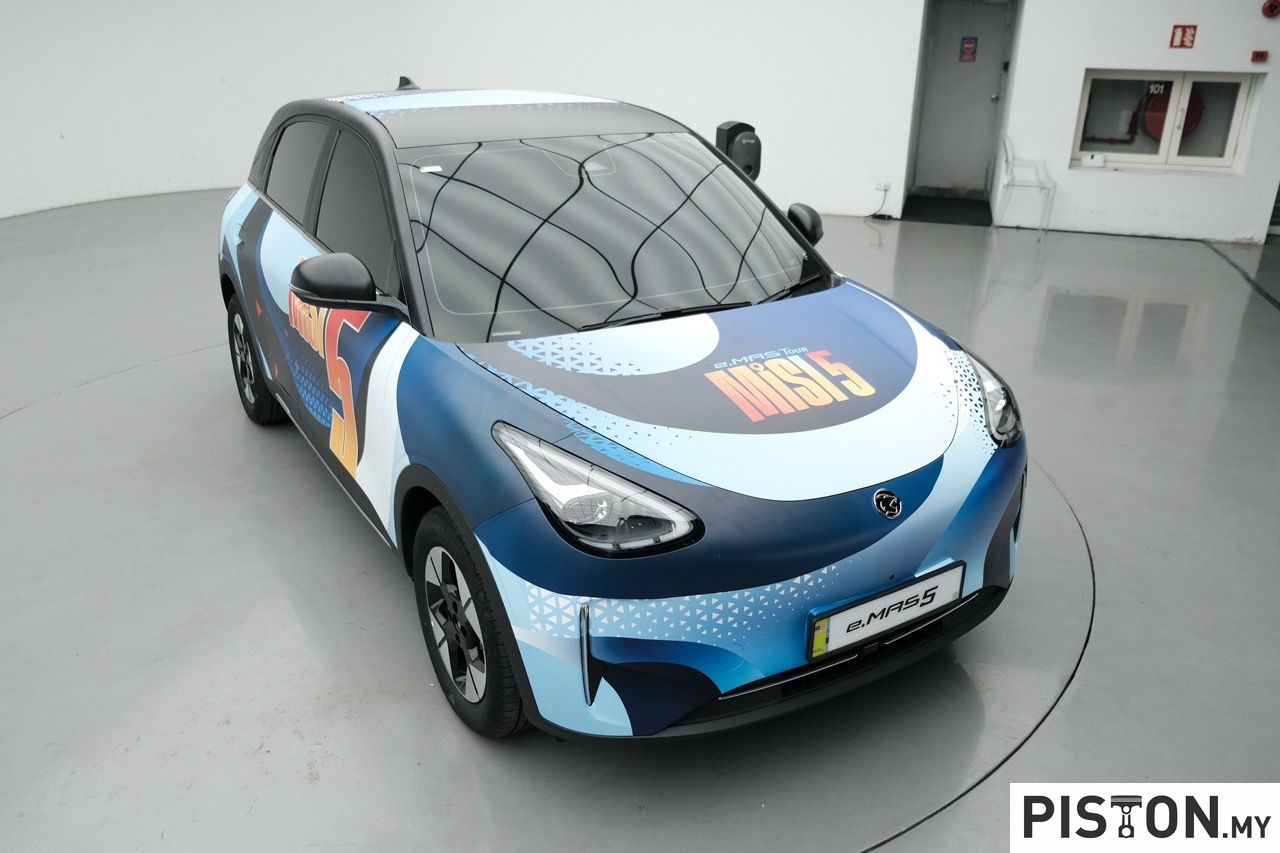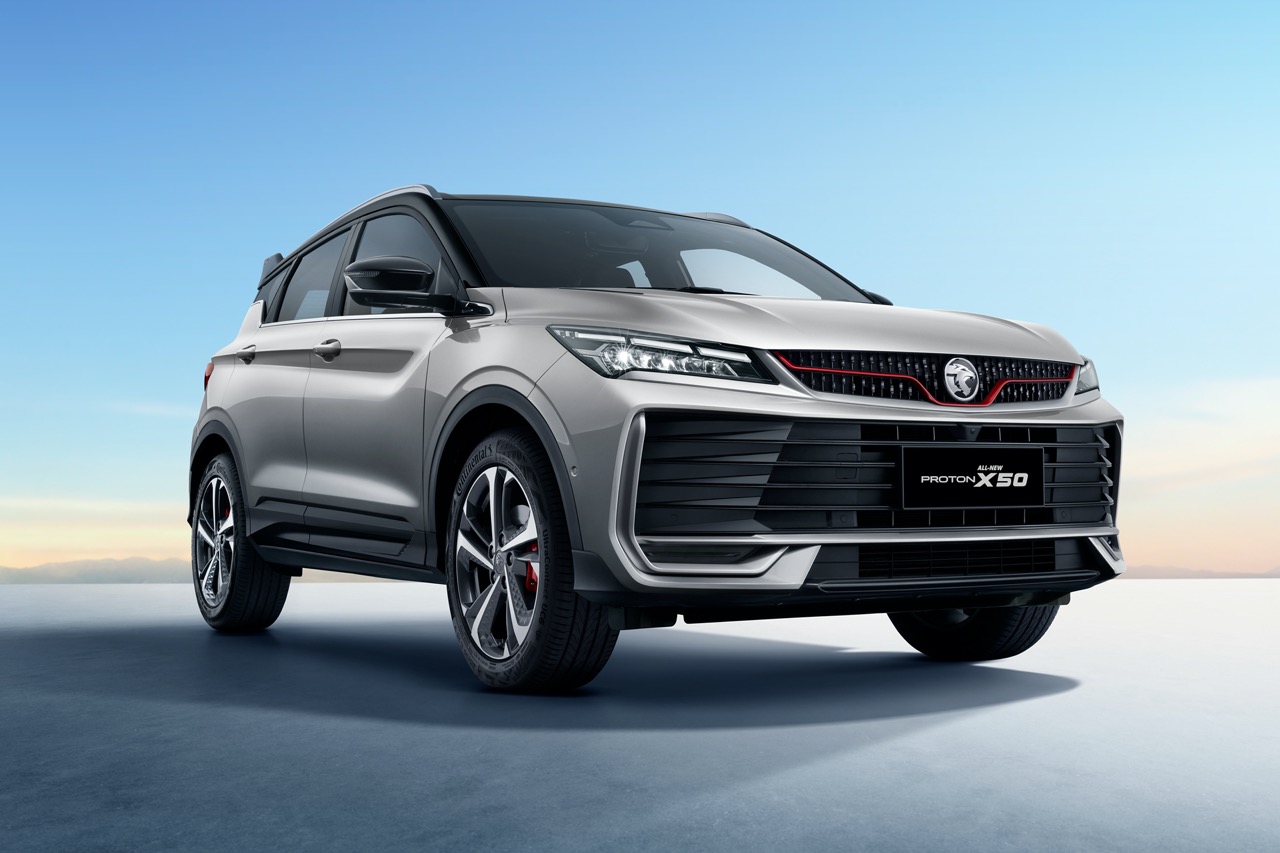Following the launch of the battery-electric Mercedes-Benz EQS in Malaysia last year, Mercedes-Benz Malaysia today rolled out an EQS 500 4MATIC as its first locally assembled battery electric model at the assembly facility in Pekan, Pahang.
Mercedes-Benz Malaysia has been assembling its vehicles there since 2004 and the EQS marks a significant milestone. It is not just for Mercedes-Benz but also the Malaysian auto industry since it is among the first fully electric models to be assembled locally.
The program to assemble has been quite fast and would have been encouraged by the Malaysian government’s decision to provide duty-free incentives for BEVs from 2022, with those assembled locally enjoying the incentives for an extra 2 years (till the end of 2025). Without the imposition of import taxes and sales tax, the price of the EQS 500 4MATIC is RM648,888 (excluding insurance), RM50,000 less than the CBU EQS 450+ AMG Line.
(more…)


